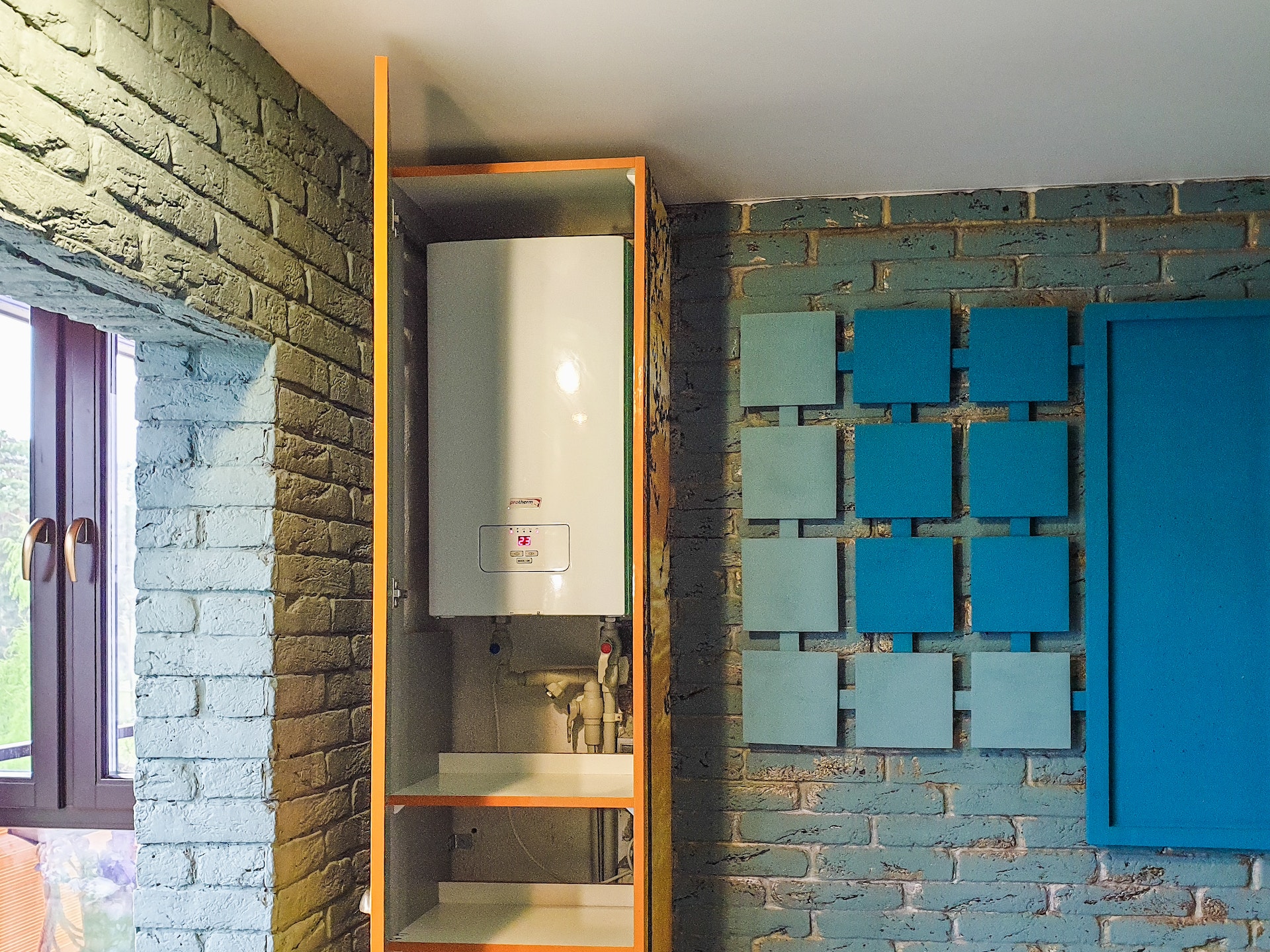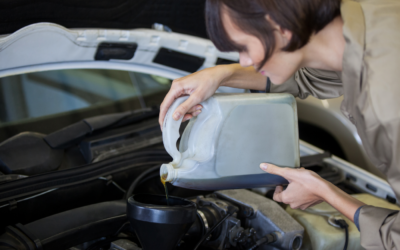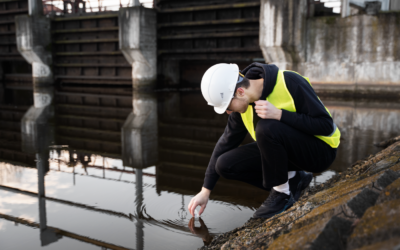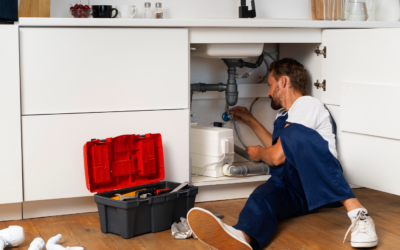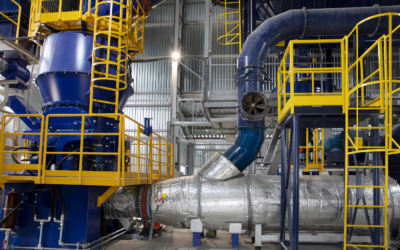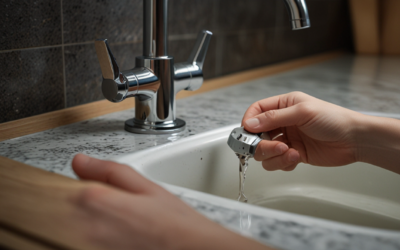If you’re like most homeowners, your water heater is one of those appliances you tend to overlook until it stops working. At that point, you’re faced with a cold shower and a hefty repair bill. But what if we told you routine water heater maintenance could prolong the life of your appliance and save you money in the long run? Welcome to our comprehensive guide to understanding water heater maintenance.
Understanding How a Water Heater Works
Before we dive into maintenance, let’s outline how a water heater functions. Simply put, your water heater stores and heats water until it’s needed in various parts of the house, like your shower or sink. There are two main types of water heaters: tankless and traditional. The traditional tank-style water heater stores gallons of water and maintains a steady temperature, whereas tankless varieties heat the water on an as-needed basis.
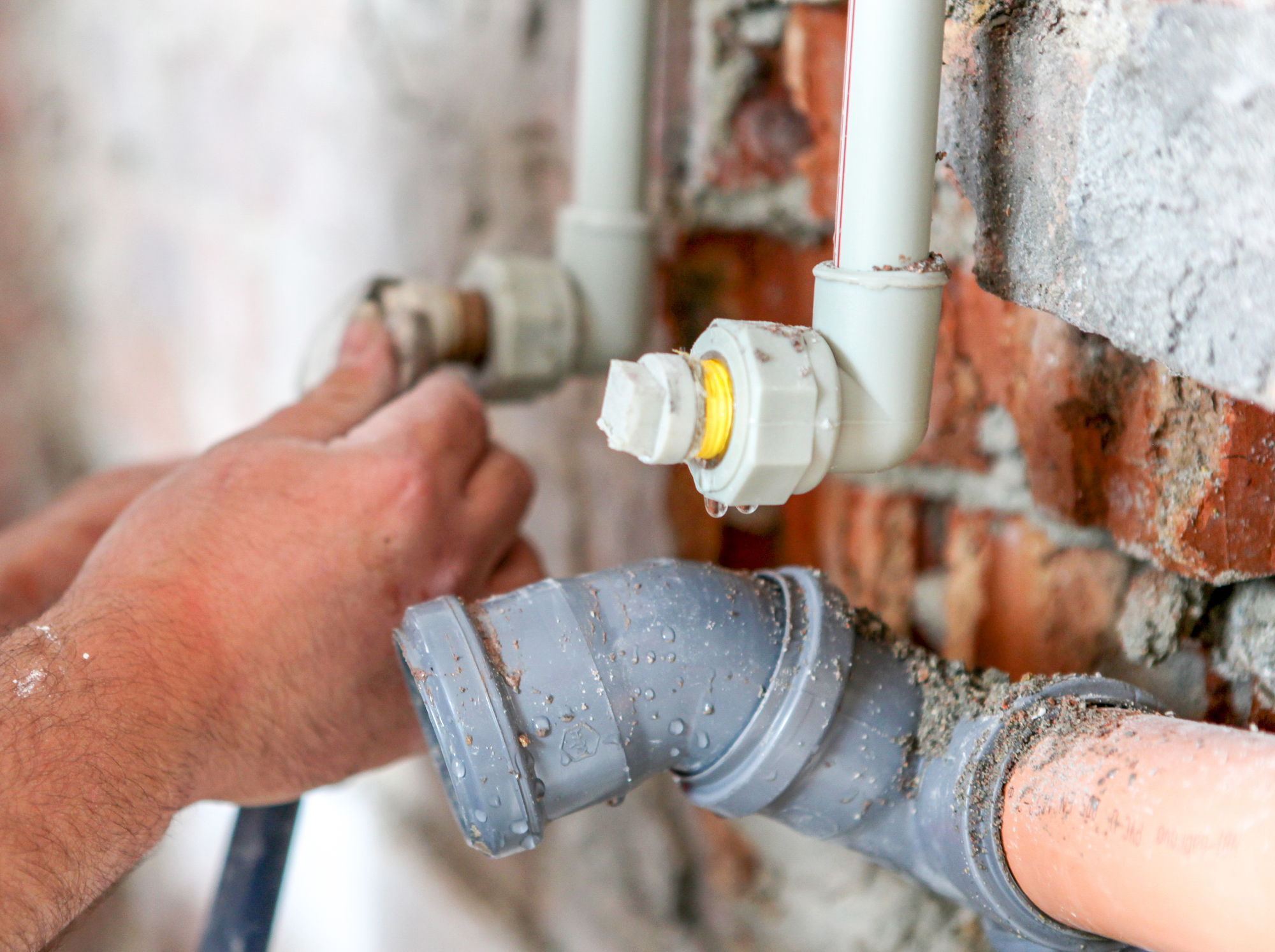
Why Regular Maintenance Matter?
Regular maintenance offers two main benefits: performance and longevity. Preventative care keeps your system running efficiently, ensuring that you have hot water when you need it and that your unit is using energy as effectively as possible. Additionally, regular maintenance can significantly extend the life of your water heater, saving you from premature replacement costs.
Steps for Water Heater Maintenance
Now that you understand the importance of water heater maintenance, let’s discuss the steps involved in this process.
1. Flush the Tank: Over time, sediments build up in your water heater, leading to rust, corrosion, and inefficiency. Flushing the tank annually can help to prevent these issues.
2. Test the Pressure Relief Valve: This safety feature keeps your water heater from over-pressuring and potentially exploding. It’s crucial to check this regularly to ensure it’s working correctly.
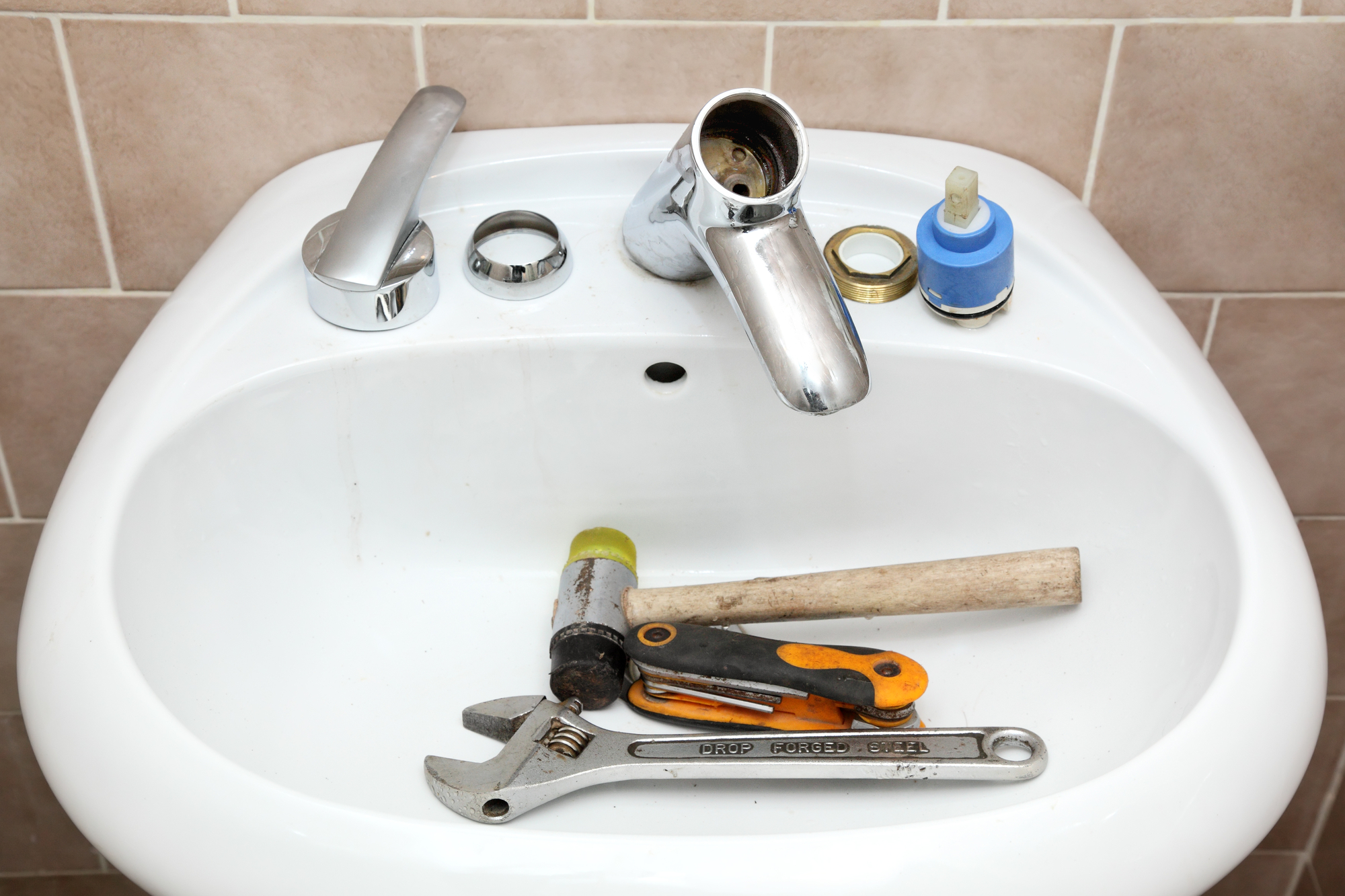
3. Inspect the Anode Rod: The anode rod attracts corrosive elements, keeping them away from the tank walls. Regular inspection can help identify if it’s due for replacement before it causes significant damage.
4. Adjust the Temperature: Setting the thermostat to an optimal 120-140°F can extend the life of the water heater and reduce energy costs.
5. Insulate the Heater: Insulating your water heater can reduce heat loss and lower energy usage.
When Should You Call a Professional?
While some maintenance tasks are relatively simple, others require professional services to ensure they’re done correctly. An experienced plumber will perform a thorough inspection and handle all the complicated tasks, providing you with peace of mind knowing your water heater is in good hands.
Regular maintenance isn’t just about saving money—it’s about ensuring consistent comfort in your home and preventing unnecessary hassle. So remember, when it comes to your water heater, a little attention goes a long way.
Finally, don’t forget to bookmark this page to stay up-to-date on all the latest news in the plumbing industry. Whether you’re looking for product updates, service types, or overall industry news, we’ve got you covered.
Conclusion
In conclusion, understanding and following water heater maintenance steps can prolong its lifespan and improve its performance. If you’re unsure about performing these tasks yourself, remember that professional plumber services are always an option. We hope this Plumber’s Guide provides value to those seeking plumbing services and provides you with the vital information you need for your water heater.

